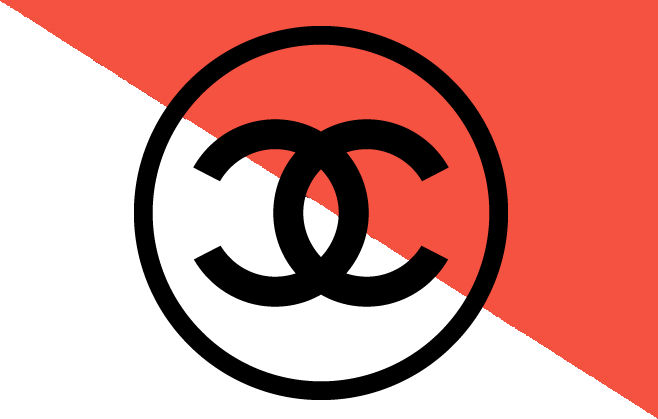
Why neglect social media?
Previously, we considered Apple’s lack of social media presence and wondered why the company doesn’t utilize online marketing. For Apple, the answer is simple- because they simply don’t have to. But why do other brands and companies choose to steer clear of social media when it might benefit them?
It appears to make sense that the bigger the brand, the less they might have to concern themselves with social media- after all, fans will still buy their products regardless. However, that is only if the aim of social media is to drive sales, which of course, it isn’t. Aside from product promotion, the reason why some of the world’s global brands such as Coca-Cola, Burberry, and Nike have such an active social media presence is to maintain and develop their identity, and connect with their engaged audiences.
So why do some brands such as Burberry, make social media a focal point of their business while others neglect it? To compare, brands such as Rolex seemingly resist the pull of social media, with the company’s Facebook page only updated once or twice a month. The brand’s Instagram and Twitter accounts are also private, meaning followers have to be accepted. It is this reluctance to join the social media bandwagon that ensures Rolex creates an aura of exclusivity, although there’s no reason why an effective social media strategy like Burberry’s wouldn’t be able to maintain this. For instance, under the leadership of Creative Director Christopher Bailey and CEO Angela Ahrendts, Burberry ensured its timeless pieces and heritage were at the forefront of a revolutionary digital strategy, pioneered in 2006. Drawing on the popular “street-style” trend at the time, the brand crowd sourced images of fans wearing their iconic trench coat, in a campaign known as the “Art of the Trench”. It was this central theme that propelled Burberry to the top of the digital leader board, while cleverly maintaining the brand’s prestigious and historic identity.
So are other global brands catching on? Earlier last month for instance, Chanel began posting images to its Instagram account, despite having had a presence on the platform for over a year. The fashion house managed to build a following of 1.8 million users, (which has since risen to over 2.1 million) even though it hadn’t posted any content. The unusual thing about this is also that this figure exceeds that of other luxury fashion brands, including Dior, with 1.78 million followers, Valentino, with 1.72 million, and Versace, with 1.3 million. All three have been active on Instagram since 2013, so the fact that Chanel managed to garner an impressive following speaks volumes about the way that the public perceive the brand’s identity.
So why did Chanel take so long to post to their account? As with Rolex and other luxury brands who haven’t yet realized the importance of social media, maintaining exclusivity was most likely the reason. Yet we believe that like other brands who neglect an important aspect of their social media, Chanel have missed an opportunity to connect with an engaged audience. The company’s impressive following can unfortunately not compensate for the brand’s lack of interaction- something which other companies have taken time to nurture, despite a lesser number of fans. It will be interesting to see if Chanel can maintain its following after an initial surge period, although given its brand prestige is highly likely- for smaller brands however, this would certainly be an unwise approach to social media.
Do you think that any brands could benefit from having a bigger social media presence? And do you think that social media is a must for all businesses? We’d love to hear your thoughts as always, so please tweet to us @PracticeDigital and share your comments on our Facebook page.




